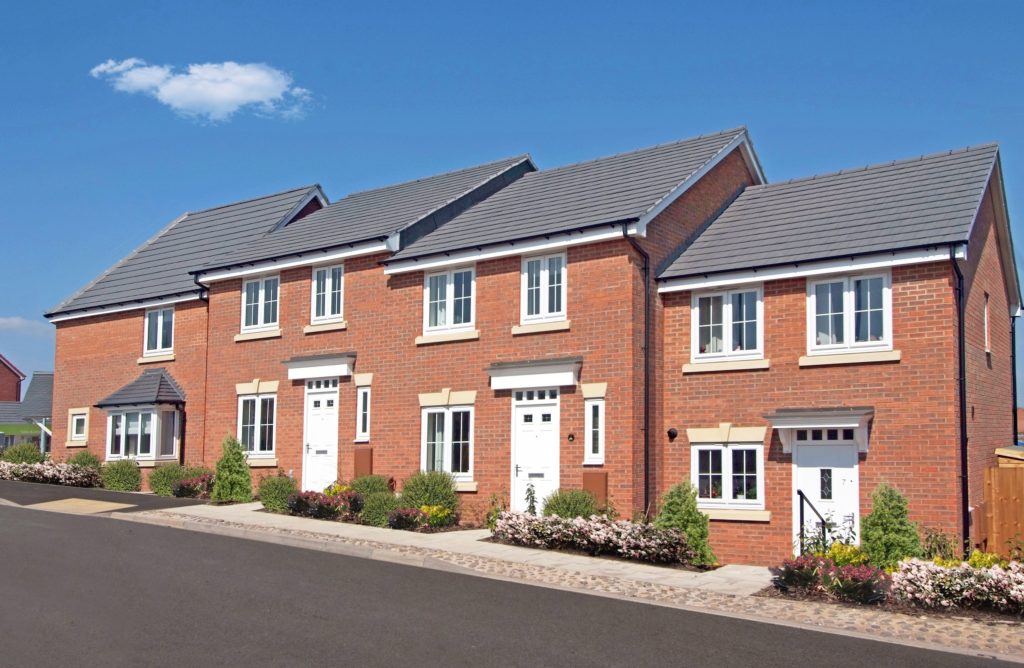
Land Promotion at The Property Lifeboat
‘Land Promotion’ is a nebulous phrase that means different things to different people, so we thought it worthwhile writing an article to explain what it means to us at The Property Lifeboat, why it is important and how we help land owners increase the value of their land. As always we encourage you to get in touch and ask questions.
Many of you will be aware that there is a gross shortage of housing in the UK currently; often times this is referred to as the ‘Housing Crisis’. Statistics from late 2018 indicate that whilst there are currently around 27 million households in in the UK each one corresponding to an individual dwelling (house, flat or bedsit). The number of households is growing at an average rate of around 210,000 per year. However at the same time there is a shortage of dwellings of anywhere between 1 million to around 2 million depending on data source. Again, current data indicates that as a nation we need to build or convert around 250,000 dwellings a year to plug the gap. Historically we have built somewhere between 170,000 and 200,000 per year at peak times, and somewhat fewer during dips in the economic cycle. Whichever data source is correct one thing is certain: the shortfall of dwellings is increasing.

This is a long term problem and it is not the purpose of this
article to go into the political, macro-economic and other factors that have
created this issue. Suffice to say, at a high level there is insufficient
traditional ‘building land’ in the UK and too high a demand for housing. This
is perhaps not surprising, bearing in mind we are an island with and increasing
population; a large amount of arable and other ‘green space’ (often referred to
generally but not always correctly as ‘green belt’) that we as a nation want to
protect and fixed land supply. In addition the planning process itself is often
protracted, non-intuitive and often does not seem to follow any centralised
process (at least to the uninitiated). This makes it difficult for smaller and
new developers to bring smaller ‘windfall sites’ into development.
What is Land Promotion and why do we do it?
Land Promotion at The Property Lifeboat according to our definition, is a process whereby plots and sites are brought to the attention of the local authority
planning department with a view to securing planning consent for the land
owner, thereby increasing the value of the land for the owner and increasing the availability of
‘building land’ for the local community. These plots and sites by their
definition have not previously been included – for a variety of reasons – in
the pool of available building land or viewed as ‘developable’.
Many landowners say to us that they want to see their land put to good use for the local community. Many want to leave a legacy and want to see more affordable housing in their area to benefit their children’s and grandchildren’s generations. In many cases however they do not want the financial risk of pursuing planning consent alone.
Typically the promoter will take on all the responsibility
and financial risk associated with delivering the planning consent. In return,
the land owner will share a proportion of the uplift in the value of the land
with the promoter.

Land Promotion plays an important part in the overall development landscape in the UK in a number of important ways. Firstly, the need to engage the local authority thoroughly on a site by site basis presents opportunities to challenge planning thinking at council level. Not every application will be successful, but many sites that otherwise wouldn’t be developed based on first principles are brought into play. Secondly, from the developers perspective it is vital to make sure that any proposed scheme really fits with what the local community wants for it to stand any chance of approval. In this way many schemes – particularly small rural ones outside of settlement boundaries – end up being community lead based on local requirements.

How the process works.
The starting point to securing planning consent on any site
is always the same. We first of all review local planning policy to see what
this says about the site. Planning policy is communicated in a document
referred to as the Local Plan which typically describes policy and guides
development in the local area over a 15 year period. Depending on this initial
investigation coupled with some basic appraisal of the suitability of site
itself (location, topography etc.) there are then three basic approaches
available to us:
- Submitting a planning application that is within policy.
Sometimes, the best proposed development for the site will
fit clearly within planning policy. If this is the case then the simplest route
is to just start a planning application. There may or may not be a
pre-application process prior to this to get feedback on the specifics of the proposal.
- Submitting a planning application that falls outside planning policy.
Land promotion at The Property Lifeboat takes advantage of our knowledge of local planning policy. Local policy is designed to deliver a certain amount of development over a specified period of time – typically but not always 15 years. Because of this the Local Plan can become out of date. The two main reasons for this are either that the time span that the plan was covering has expired or that the local authority has failed to sustain the amount of development they had indicated when the plan was issued. In both these cases it is sometimes possible to justify a planning application by what is referred to as an ‘exception to policy’.
It is a national policy requirement for local authorities to demonstrate that they have sufficient developable land for the housing supply they require over the next five years (The 5 Year Land Supply). Local Authorities often find it difficult to meet these requirements and in this case there is an opportunity to submit a planning application using this fact alone as a justification for an exception to policy.
- Promoting your site through the Local Plan.
Local Plans are reviewed periodically, normally over a period of many years. During this process there are a number of opportunities to promote your site to the local authority to convince them that the site is appropriate for development and should be included in the next version of the plan. Many local authorities will periodically have a ‘call for sites’ which formally invites landowners to submit a site for consideration but there are also other routes whereby a site may be considered. We will use all available methods. Naturally this process is a much longer term undertaking than simply submitting a planning application and landowners are encouraged to take a longer term strategic view of the process.
Do you have unused or under-utilised land? Want to leave a legacy for the local community? If you have a site or piece of land that you think might be suitable for development but you don’t know how to proceed then get in touch to find out more about land promotion at The Property Lifeboat. You may also find our other articles on the subject useful.

